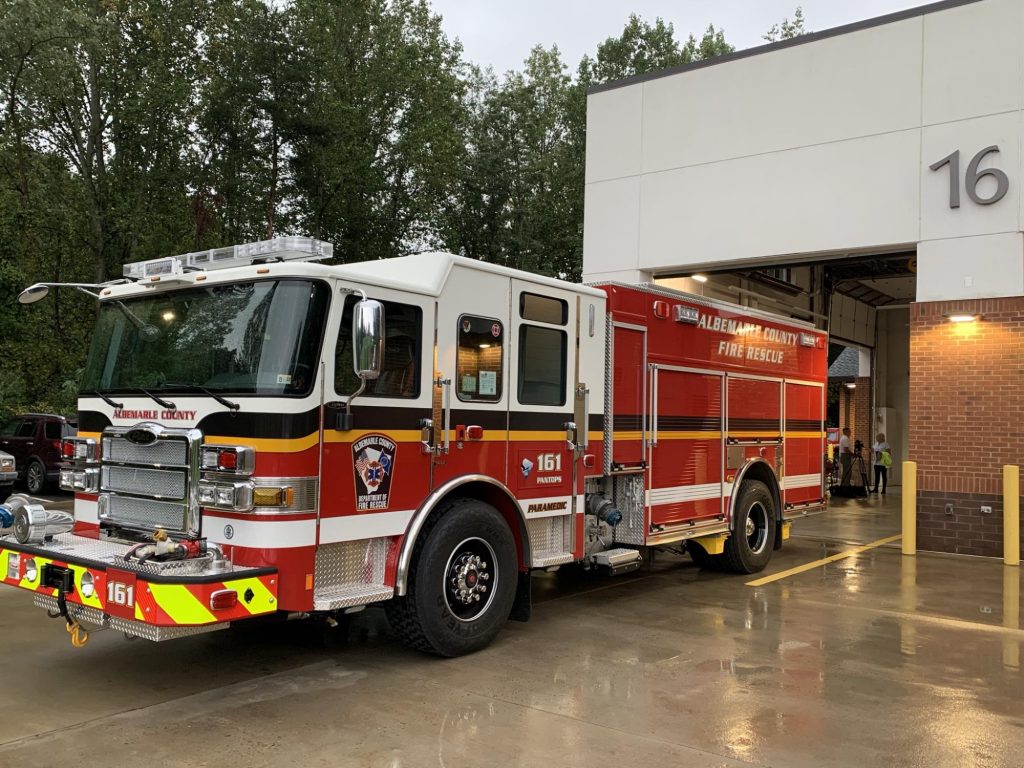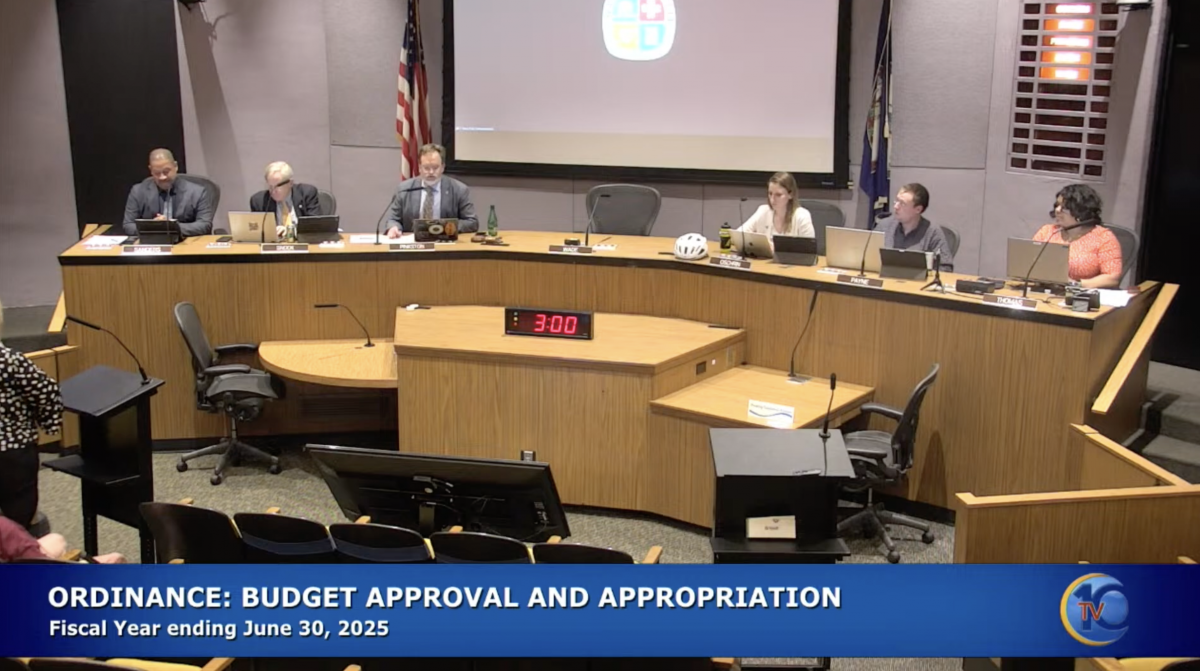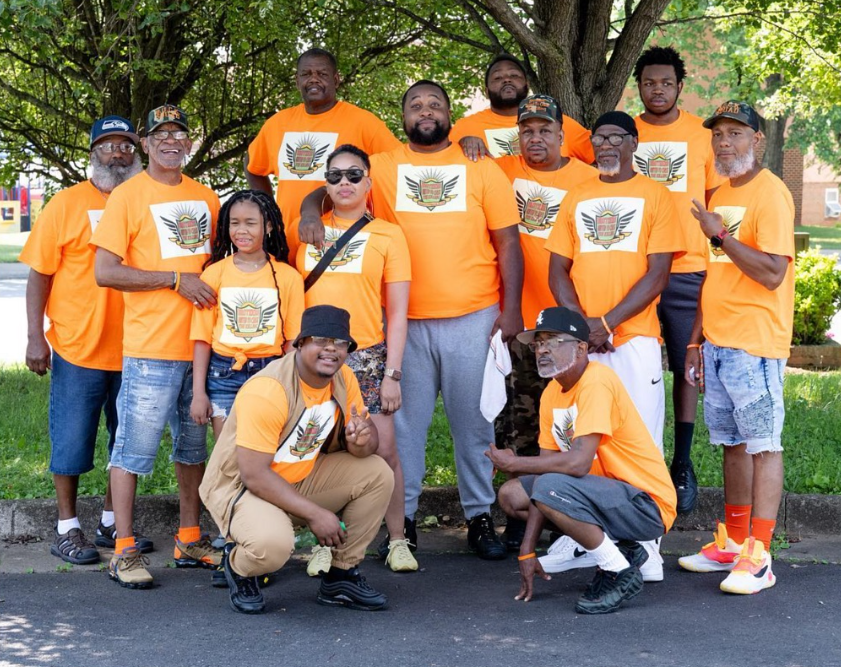Taxed for time
Charlottesville City Council worked down to the April 15 statewide deadline to approve the city’s budget for fiscal year 2025. Tax increases were a topic of hot discussion, with council reworking and amending levies repeatedly during the months-long budget process.
Coming in at a whopping $253,335,298, the city’s general fund will finance several local priorities, including transportation, safety, and collective bargaining efforts. Spending includes $4.2 million for the Stribling Avenue sidewalk project, $3 million for public housing redevelopment, and $5.7 million in education expenditures.
To balance out spending, the city is raising real estate, meals, lodging, and personal property taxes.
After much debate, the real estate tax will increase by 2 cents to a rate of 98 cents per $100 of assessed property value. Councilor Michael Payne previously proposed a higher increase to the real estate tax to reduce rate increases to more “regressive” taxes, like the meals tax. “I think that’s not the right way for us to approach tax increases,” said Payne in an interview with C-VILLE ahead of the vote. “My concern is that the way we’ve broken down the tax increases is just leaning too much on regressive taxes, when we had other options available to us for revenue increases.”
The meals tax will increase by half a percent to a rate of 7 percent. The final meals tax hike is lower than originally anticipated, but still contentious among local restaurateurs. In order to balance the budget, councilors instead decided to increase the personal property tax for the first time in several years by 40 cents, leading to a tax levy of $4.40 per $100 of assessed value.
On the lodging side, council proceeded with its original plan of a 1 percent increase for a total tax rate of 9 percent.
The final budget approval and appropriation passed 4-0, with Mayor Juandiego Wade absent from the council meeting due to a family emergency.
Bargaining time
On April 11, the Albemarle County School Board unanimously approved a collective bargaining agreement. While the vote is a victory for local education organizers, there are still several steps before official union representation for county school employees.
The new collective bargaining agreement received extensive consideration from the Albemarle Education Association and school board prior to its presentation on March 28, with more than a dozen meetings held between the organizing group and school district. A previous attempt at an agreement by the AEA was rejected by the ACPS school board in 2022.
Under the collective bargaining agreement adopted last week, district employees can organize through two potential units: one for licensed employees and one for education support professionals. Once 50 percent of employees in either or both units request representation by a union—such as the AEA—the group can then request a certification vote. The certified union can then negotiate with the school district on wages, benefits, and working conditions for members.
Charlottesville homicide
Charlottesville police are investigating the first reported homicide of 2024. At approximately 7:30pm on April 9, officers responded to a report of shots fired, and found 31-year-old DeQwane Brown with multiple gunshot wounds in a vehicle in the area of 12th Street and Rosser Avenue. Brown was pronounced dead at the scene, and CPD issued an arrest warrant on April 11 for Sidney Stinnie. Stinnie turned himself in without incident on April 15, and faces charges including second-degree murder.
Officer-involved shooting
Virginia State Police are investigating a fatal officer-involved shooting that occurred in Albemarle County on April 10. According to Waynesboro police, the incident started when a vehicle leaving the scene of a shots-fired incident did not pull over for a traffic stop, leading to a car chase along I-64. The chase ended when the driver, 29-year-old Kevin Taylor II of Charlottesville, crashed into a guard rail around mile marker 102. Taylor was shot during an engagement with police after the crash, and died later the same day at UVA Medical Center.

By the grills
As peak grilling season approaches, Albemarle County Fire Rescue is reminding residents to keep safety in mind after an April 13 structure fire in the 2400 block of Old Lynchburg Road. The fire—which was started by an unattended charcoal grill—resulted in the complete loss of an outbuilding and affected roughly two acres of forest area. Before heating things up, outdoor chefs should ensure that their grill is located away from homes, deck railings, and any overhangs. Other safety tips include: Keep kids and pets at least three feet away from the cooking space, keep the grill clean, and never leave a grill unattended.











